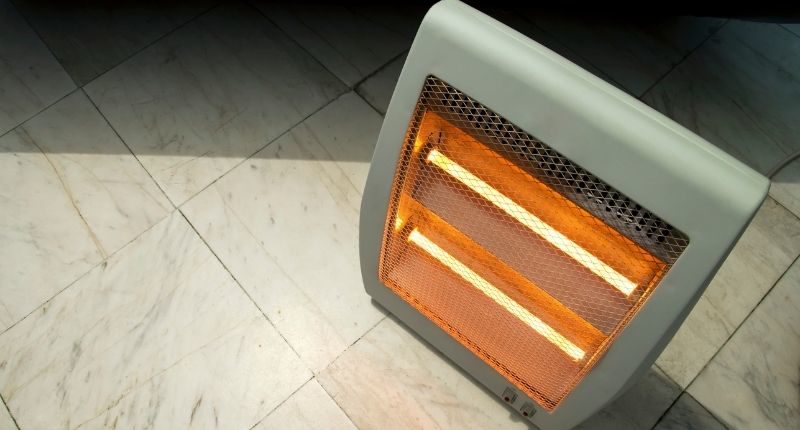- In the last five winters, 2,600 residential house fires have occurred in Queensland
- Fires are often caused by faulty appliances and materials close to heat sources
- 30% of all house fires in Sydney occur during winter
In light of winter beginning, the Queensland State Government and New South Wales’ Fair Trading have both reminded residents to review home fire safety arrangements.
The calls come as the ACT also issued its own reminder to households.
Winter is the peak season for house fires across most of Australia. In the last five winters alone, the Queensland Fire and Emergency Services (QFES) crew responded to over 2,600 residential house fires, about 40 incidents per week.
“House fires move fast and can happen to anyone, in any type of home,” emphasised Mark Ryan, the Minister for Fire and Emergency Services.
“Don’t be complacent and think it won’t happen to you – the reality is most fires are caused by everyday items such as cooking equipment, faulty or poorly maintained appliances, and flammable materials placed too close to heat sources.”
“When heat and toxic smoke start to fill your home, your best chance of survival will be working, interconnected, photoelectric smoke alarms and a well-practised fire escape plan. Take five minutes now to get out alive.”
Mark Ryan, Minister for Fire and Emergency Services
Greg Leach, QFES Commissioner, added that it is important for households to make sure their home fire safety is up to date.
“We know most Queenslanders are aware of the risks associated with house fires, however, QFES’ research shows one in three families don’t feel prepared,” Mr Leach said.
“Creating and practising a fire escape plan takes less than five minutes and is a simple, practical way to ensure your family knows what to do in the event of a house fire.
“Young children and the elderly are the most at risk, so it’s especially important to consider how they will escape safely. For instance, young children can’t escape a burning house without you, so who is getting the baby or toddler?
“Make it a priority this winter to draw up an escape plan with multiple exits based on the location of the fire and practice it regularly with your family.”
Greg Leach, QFES Comissioner
Mr Leach encourages families to switch to interconnected, photoelectric smoke alarms – which will become compulsory in all residential rental properties and residential property sales as of January 2022.
“When one interconnected smoke alarm goes off, they all go off. Every second counts in a house fire so the earlier you’re warned, the better your chances are of a safe escape,” he said.
NSW also issues warning
NSW Fair Trading Commissioner, Rose Webb, said the NSW Government is eager to warn consumers of fire dangers, given many unfortunate incidents in recent times.
“Using outdoor heaters inside or using unconventional heating indoors also poses a huge risk, such as carbon monoxide poisoning and can cause death,” said Ms Webb.
“In 2019 there was a family at Cabramatta, including an 18-month-old baby, who almost died because they were using barbecue heat beads to stay warm inside.
“Make sure you are absolutely certain that the method you are using to keep warm is safe, not only for you but your family and your neighbours too.”
Rose Webb, NSW Fair Trading
Ms Webb added that an often forgotten fire hazard are flammable children’s pyjamas along with indoor portable heaters – better known as cabinet heaters. Although these have been banned in NSW for over a decade, these type of heaters can still be sold second-hand.
“These heaters function with an LPG gas bottle and have exploded in family homes,” said Ms Webb.
“I don’t need to tell you what the risks of an exploding gas bottle are. It’s not worth the risk – do not buy one of these heaters.”








